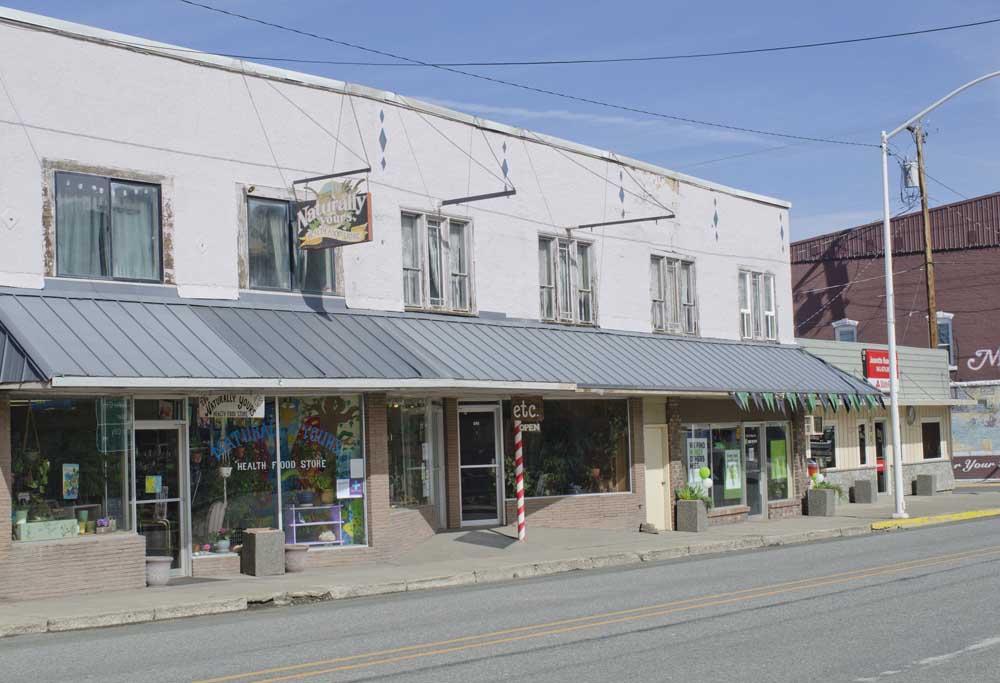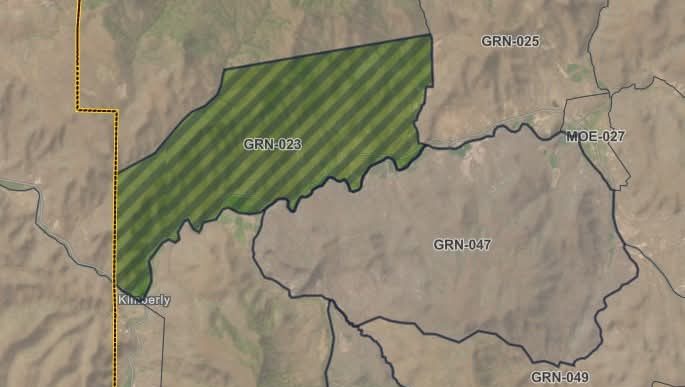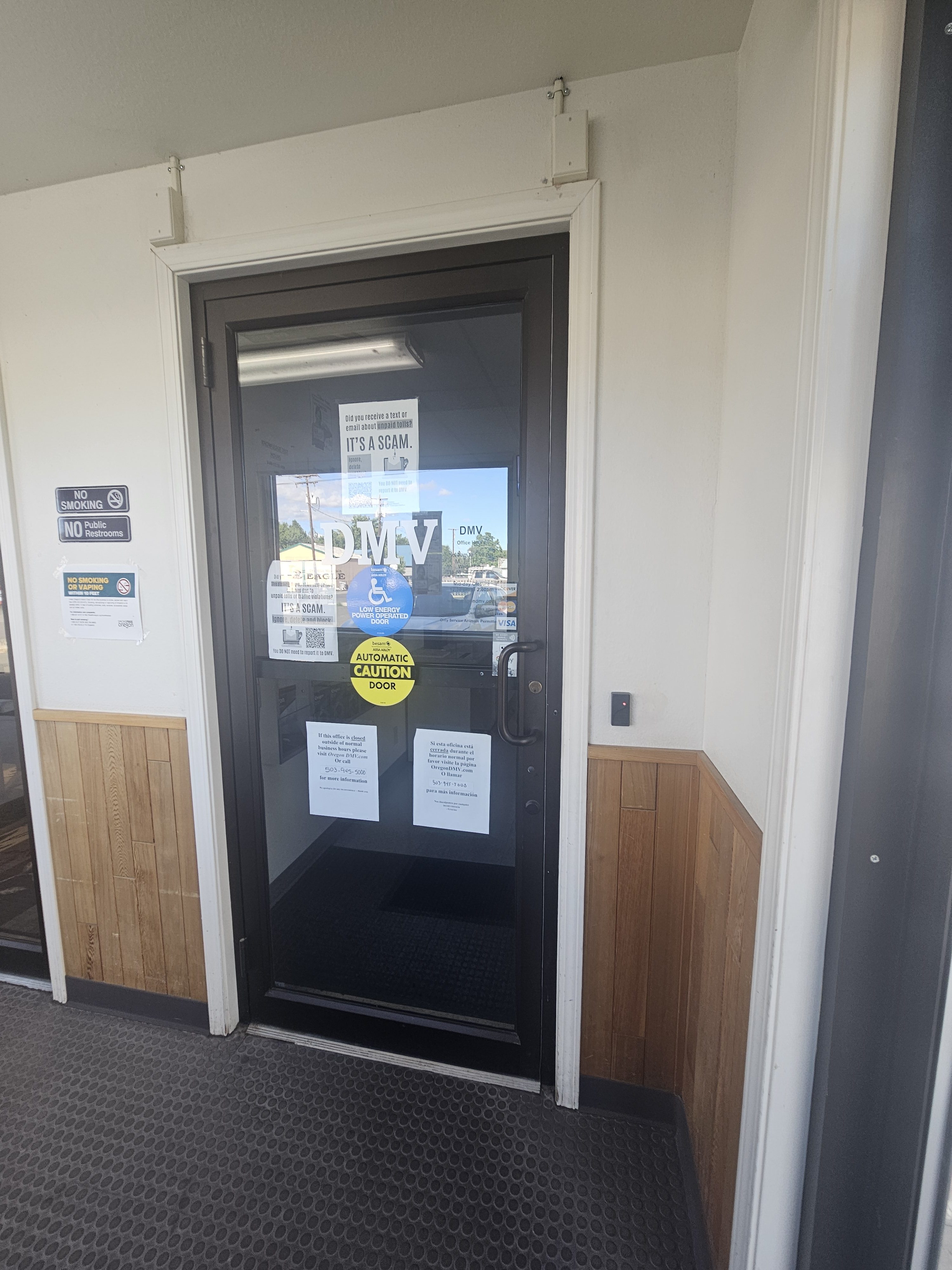John Day urban renewal district could expand
Published 1:00 pm Tuesday, March 5, 2019

- The Eagle Rylan Boggs The City of John Day is looking into purchasing the building, at 131 W. Main which currently houses four business, Naturally Yours, Etc., Karen Barntish LTC and H & R Block, and six apartments upstairs, only one of which is occupied. After being approached by and meeting with business owners, John Day City Manager Nick Green submitted an application for the $100,000 Oregon Main Street Revitalization Grant.
Two properties outside the current boundary of John Day’s urban renewal district could be added to the city’s housing incentive program: the downtown Weaver Building and a residential property on East Main Street owned by Jim and Sandy Bay.
Trending
Under the incentive program, the city will provide a cash rebate equal to 7 percent of the increase in assessed value and pay for system development charges for new home construction. Incentives will also be provided for substantial remodeling.
The Weaver Building, at the northwest corner of Main Street and Canyon Boulevard, was acquired by the city in 2017 using a $100,000 Main Street Revitalization state grant. Asbestos and lead paint abatement work was paid for using a state Department of Environmental Quality brownfield grant.
The city hopes to sell the building and see it remodeled into a mixed-use property with commercial businesses on the ground floor and up to eight new residential units on the second floor.
Trending
As discussed by the John Day Urban Renewal Agency board Feb. 26, the program would need to be amended to allow Downtown and Residential-Commercial zoning districts to be included in the program. The East Main Street area already went through the needed rezoning process.
The newly formed board, which is the same as the city council, also reviewed its draft bylaws, which brought up several financial questions. Until property tax revenue from the program’s tax-increment financing system sufficiently accumulates, the city will need to pay for the program’s incentives on a loan basis.
How the city will pay system development costs, which are intended for capital improvements for the water and sewer systems, also needs to be worked out. There was also a question of what to do with any money left over when the incentive program ends in 2039.
John Day City Manager Nick Green also noted that property owners will see a new line on their tax bills required under state law that reflects the program’s tax-increment financing system.
Assessed values can increase up to 3 percent per year, but revenue from that increase for properties inside the urban renewal district will be used by the housing incentive program and will not go to the city, county, schools and other taxing jurisdictions for 20 years.
The new line could confuse taxpayers, Green said. If their taxes increase, it would result from an increase in assessed value, substantial remodeling or new construction, not from the urban renewal program. Green said a public information effort would be made to explain this matter to property owners.









